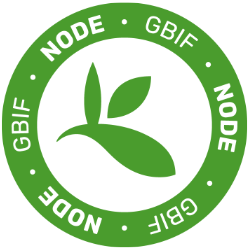Description:
This is a report of an attempt to speed up the capture of information on the labels of specimens held by the Australian Museum. A trial was conducted using volunteers with a camera to photograph specimen labels and transcribe that data into a spreadsheet. Location information was georeferenced. The data in the resulting spreadsheet was then entered into EMu by a museum technician. Times and costs were compared to direct data entry, as well as with a previous trial using an off-shore data transcription service. The outcome of the trial was successful in clarifying the following. Importing data into EMu is not straightforward and is a specialist task. Having the data transcribed into a spreadsheet before import into EMu does not help. Errors, misspellings, and uncertainties on many of the labels meant that a spreadsheet of data became a clumsy and inefficient method of data entry. Photographing a label has advantages – a photograph becomes a verbatim record in the database of the label for later referral, and makes the data entry process quicker by about 20%, as well as easier and more convenient. Recommendations: The Australian museum could train and use a small team of volunteers to photograph specimen labels. These photographs would be saved on Emu as a record of the label, and subsequently used for data entry by AM technical staff. Investigate the Emu inline toolset as a possible route for engaging volunteers for accurate and reliable data entry.




